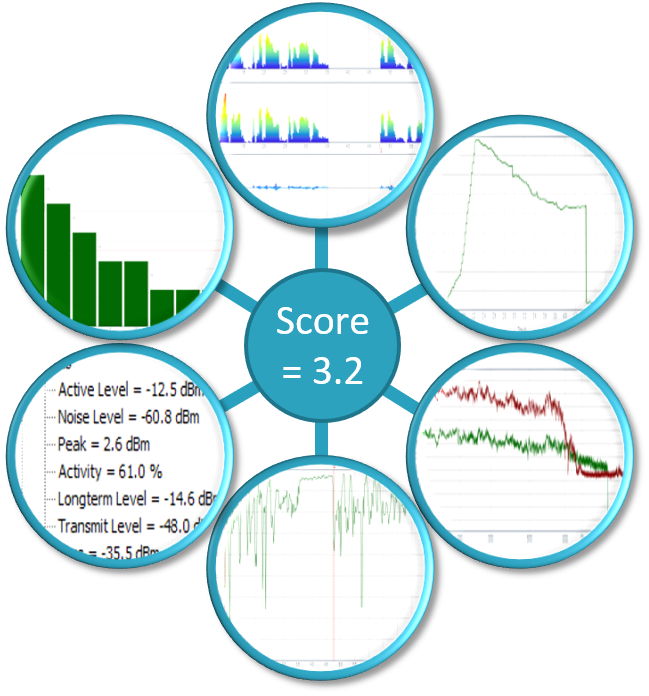Home working audio monitoring
Conference calls taken at home are becoming more and more important, as part of the general trend of increased home working. There are huge cost benefits in hosting conference calls over the internet, as opposed to dialing into a traditional bridge with a landline or mobile. However, when the network or the conference system itself becomes congested, quality can suffer, leading to drops in productivity and in extremes, a completely unusable service.
For those enterprises increasingly depending on conference calls, the key question is:
“How can I measure and monitor the audio quality of my conferencing system such as Zoom, WebEx, GoToMeeting, BlueJeans, Skype or MS Teams?”
The critical point, is to get ahead of users, avoiding wasted time and lost productivity. Instead, find issues proactively and take corrective steps before users try to hold a conference call.
Much research has been conducted into measuring audio quality, initially this was based on humans listening in highly controlled conditions and rating the quality manually. It has since been modelled mathematically and can now be computed. The high level result of this research, is the MOS system. MOS stands for Mean Opinion Score and it ranges from 1 (bad) to 5 (excellent). A perfect five is hard to achieve in real world conditions.
A MOS value of about 2 or less will make a conference call inefficient, likely to end in failure and a complaint into a support team to investigate. Measuring the MOS of your conferencing system over time is critical to ensure it is working efficiently, to evidence an issue to the provider, or to help make the correct decision to switch supplier.
Many factors can impact MOS, loss, latency, jitter, CODECs and much more.
VoxPort Packet “VPP”, is a software based solution, deployed in a Windows environment and able to simulate and measure real audio incredibly flexibly. VPP nodes are deployed as required, centrally controlled by the DSLA Controller and can then make and receive SIP and VoLTE calls, either to each other, or into conference systems.
Voxport Packet

Centrally controlled monitoring of VoIP and VoLTE behaviour, in test and live networks, from a software based system
Key benefits
MOS measurements according to ITU standards
Can be delivered as a service from the cloud for rapid rollout and low upfront costs
View conference audio MOS trends over time
Configurable thresholds for immediate issue visibility
Capabilities include automating call scenarios, playing recordings, sending DTMF sequences
Verify expected audio responses using speech to text analysis
API based automation
Find out more

